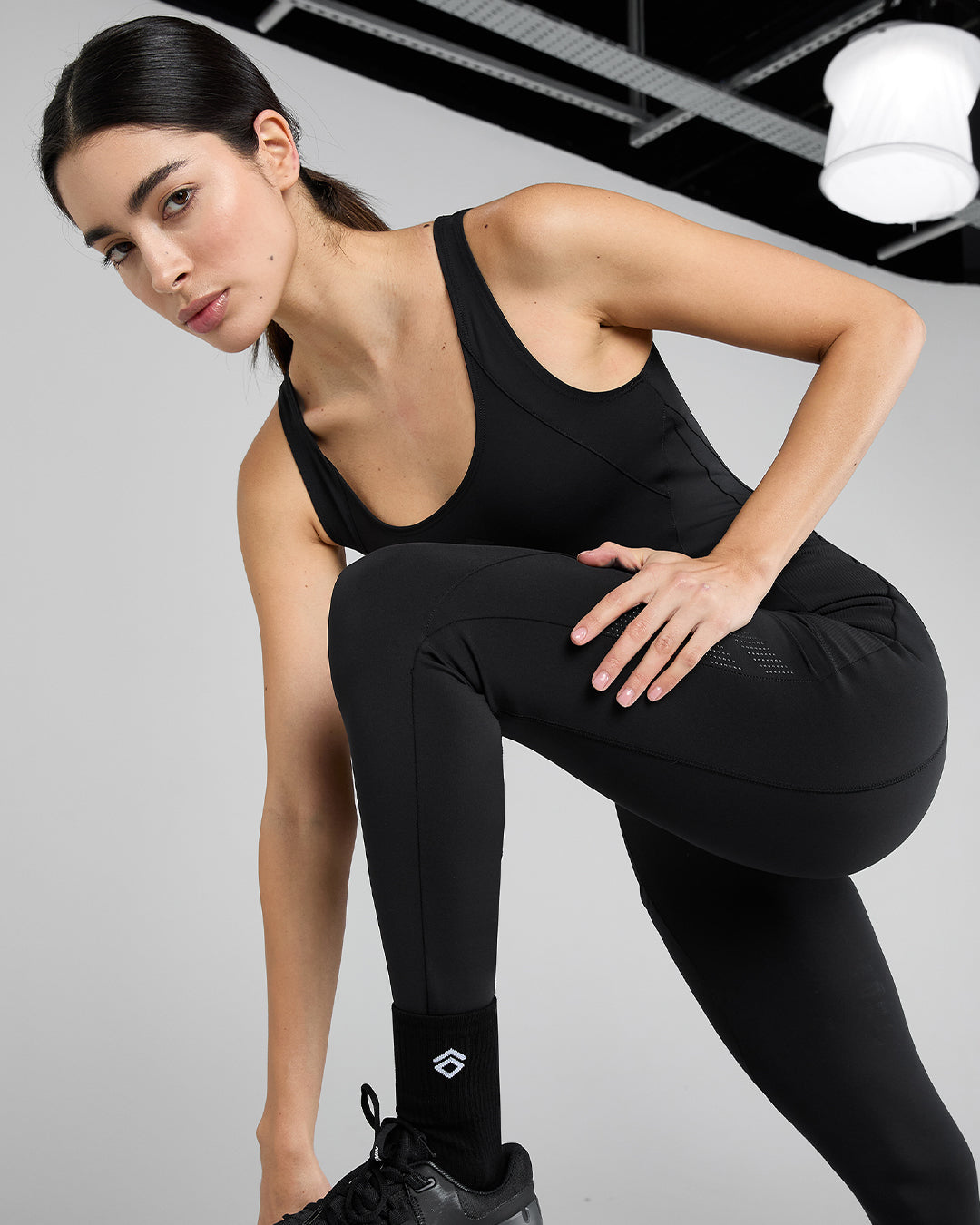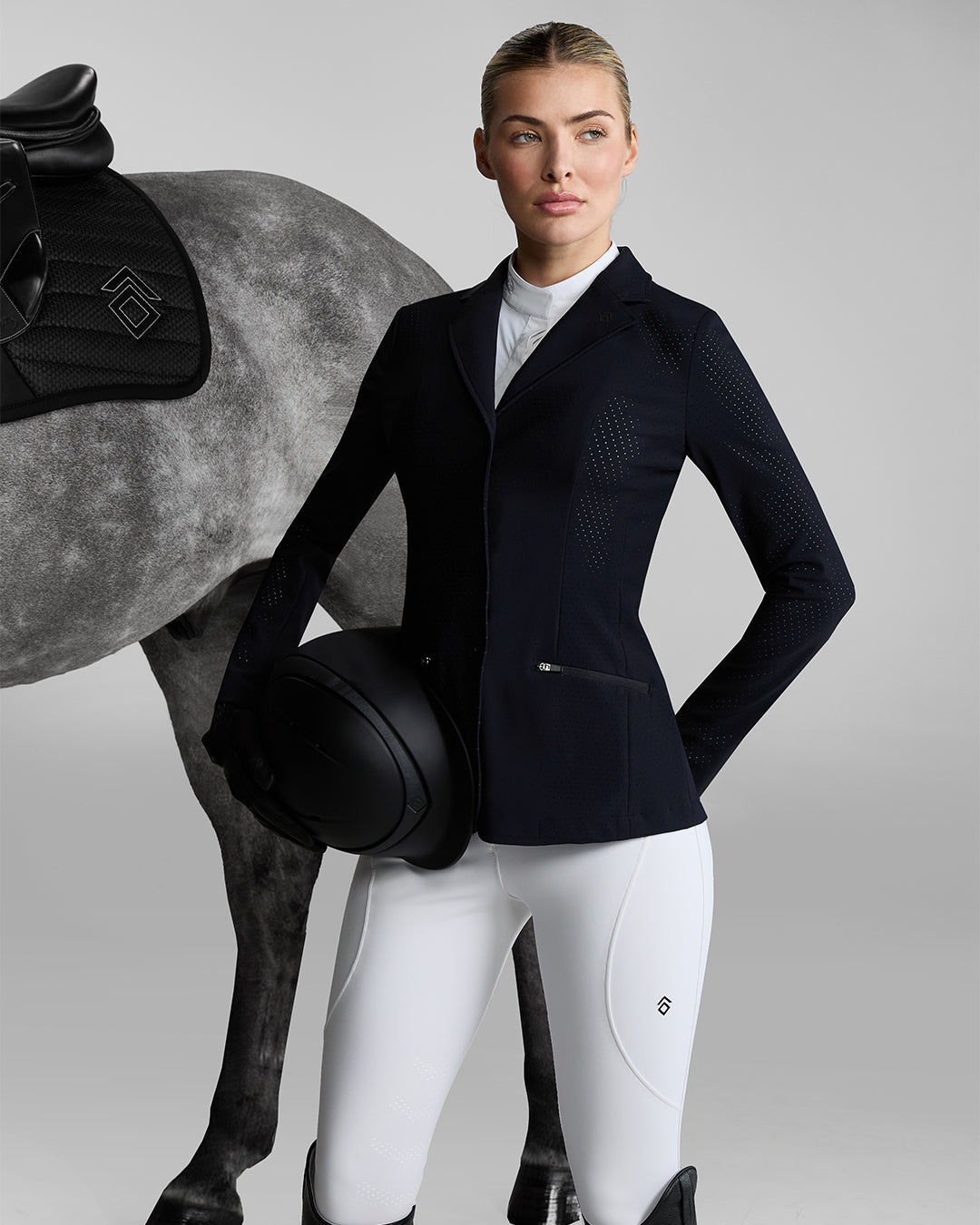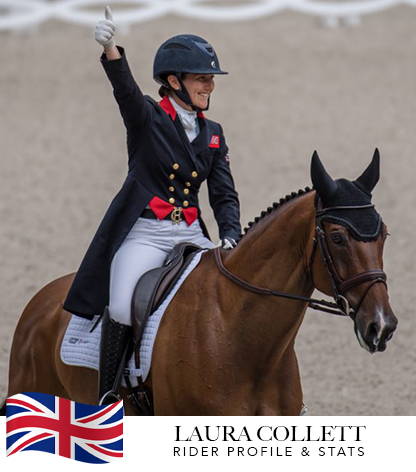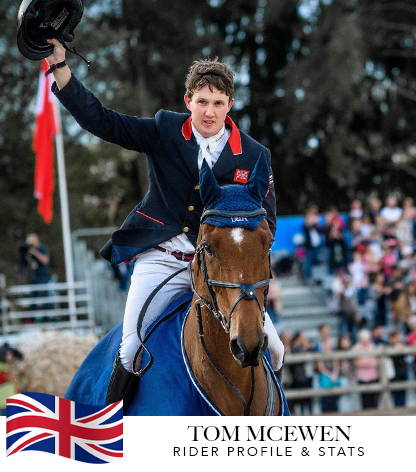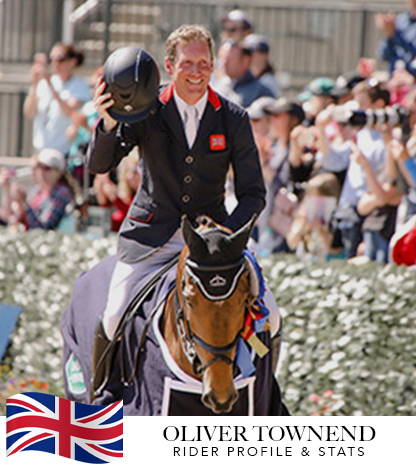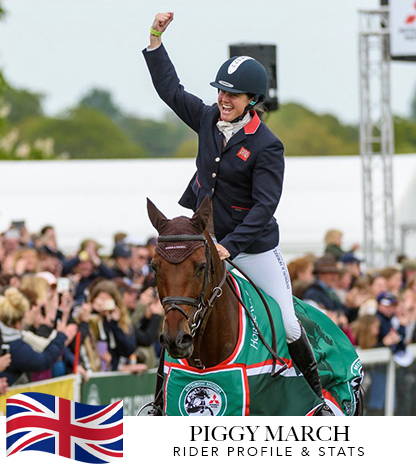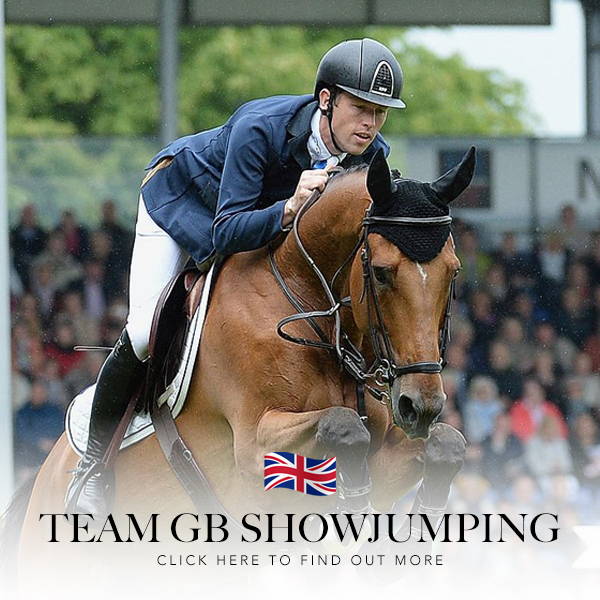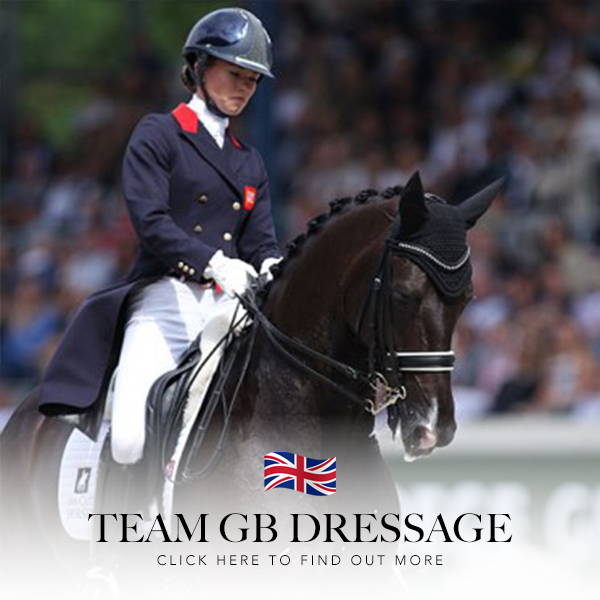While the official Tokyo 2020 Olympic Games begin on July 23rd, the first equestrian event will be held on July 25th, starting with the Dressage Grand Prix. They will run until August 8th 2021 with the final event being the Show Jumping Team Final.


- STRUCTURE
- UPDATES
The Eventing competition consists of a team event and an individual event. Both the team and individual individual events include dressage, cross country and jumping tests, and the results of each test count toward both events. In the team event, each team is composed of three (3) athlete/horse combinations and the team points are the sum of the points of the three (3) athletes in each test. The individual classification is determined after an additional jumping test.
The athlete rides the same horse throughout all three (3) tests for the individual classification. For the team classification, substitutions of athlete/horse combinations will be allowed according to the procedures set below.
Dressage test
Eventing dressage is a test of compulsory movements to evaluate the horse’s obedience, flexibility and harmony with the rider. Judges award marks for each movement, and the total score is then converted into penalty points to which the obstacle or time penalties of the cross country and jumping tests are added. The dressage test will be the 2020 Olympic Games Short Test.
Cross country test
The Eventing cross country test is a single test for each athlete/horse to complete the course within a prescribed length of time without obstacle errors. The length of the course will be approximately 5,700m, with a maximum number of 38-42 efforts. The ground jury may make modifications to the course e.g. in the event of extreme weather conditions.
Jumping test
The Eventing jumping test requires competitors to jump obstacles similar in nature to those found in the Jumping event, though not as difficult. The course for the first jumping test will measure
a maximum of 600m in length, and the required speed will be 375m/minute and 11-12 obstacles (maximum 16 efforts), with a height of 125cm. The first jumping test will determine the classification in the team event. This will be followed by the individual final jumping test, which will determine the classification in the individual event. This will be a shorter course of 360-500m, consisting of nine (9) obstacles (maximum 12 efforts) with a height of 130cm.
Scoring
In the Eventing dressage test, each rider’s marks awarded by the judges are converted into penalty points. In the cross country and jumping tests, each rider’s penalties for faults at obstacles are added to the penalties that the rider may have incurred for excess time. Penalty points incurred during the cross country phase will be added to the dressage scores; to this total will then be added penalty points incurred during the jumping phase.
After the dressage test, the cross country test and the first jumping test, the best 25 riders (including all riders tied for 25th place) having completed all three tests qualify for the individual final.
The final ranking of the riders in the individual event will be determined by the combined points earned in all four (4) tests (dressage, cross country, first jumping test, individual final jumping).
For the team classification, the following penalties will be allocated for the non-start/non- completion of a test for any reason: dressage = 100, cross country = 200 and jumping = 100. An athlete/horse combination may be substituted by a reserve combination for medical/veterinarian reasons in any of the three tests after the dressage test. Only one (1) substitution per team is allowed and such a substitution will incur a penalty for the team of 20 points. No substitution is permitted where the combination has been eliminated for dangerous riding, abuse of horse, or where the combination has been disqualified.
The winning team is the one with the lowest total number of penalty points, after adding together the final scores in the team. In the event of equality between any two or more teams, the classification will be decided by:
1. The best combined highest three (3) placings
1.1 Priority will be given to the team with three (3) same athletes/horse completing three (3) tests (as below) without substitution
1.2 then the team with two (2) athletes/horse completing three (3) tests (as below) without substitution
1.3 then the team with only one (1) athlete/horse completing the three (3) tests (as below) without substitution
2. In the event of equality between two or more teams with the same number of substitutions, the classification will be decided by the best combined highest placings of the combinations having completed all three tests e.g. a team with athletes ranked individually second, eighth and twelfth (team total 22) will be higher placed than a team with athletes ranked first, seventh and fifteenth (team total 23). Should these figures be equal, a tie shall be declared.
3. If the tie remains, the classification will be decided by the best combined cross country score (including faults at obstacles, time penalties and other penalties incurred) of the combinations within each team having completed all three (3) tests.
4. If the tie remains, the classification will be decided by the best combined team jumping test score (including faults at obstacles, time penalties) of the combinations within each team having completed all three (3) tests.
5. If the tie remains, the classification will be decided by the best combined dressage score of the combinations within each team having completed all three (3) tests.
6. If there is still equality the tie will remain in the Final Classification, by order of NOC codes.
In the individual event, the final classification will be determined by the total number of penalty points incurred in all four (4) tests, and the rider with the lowest total number of penalty points will be declared the winner. In the event of a tie, classification will be decided by the following tiebreakers, in this order:
1. The best cross country score including faults at obstacles and time penalties and other penalties incurred during the cross country test
2. If there is still equality, the classification is decided in favour of the athlete whose cross country time was closest to the optimum time
3. If there is still equality, the athlete with the best individual final jumping score (time and obstacles)
4. If there is still equality, the athlete with the best individual qualifier (team competition) jumping score (time and obstacles)
5. If there is still equality, the athlete with the best time (fastest) in the individual final jumping test
6. If there is still equality, the classification will be decided in favour of the athlete with the best overall impression mark in the dressage test
7. If there is still equality the tie will remain in the final classification, by order of NOC codes.
https://inside.fei.org/system/files/Equestrian%20Sport%20Explanatory%20Guide_Olympic.pdf
Team GB have won an incredibly well deserved GOLD in team eventing at the Tokyo Olympics for the first time in nearly 50 years. Not only that, but they managed to achieve the lowest score (which in this discipline, the lower the better) ever in the history of the Olympics at 86.3.
Laura Collett, Tom McEwen and Oliver Townend secured Great Britain's 11th gold at this year's Games - which marks Team GB's 33rd medal in total.
To add to the excitement, all three riders were making their Olympic debut, but delivered high-class displays to end a 49-year wait for team gold.
McEwen also won the silver medal in the eventing individual competition after a faultless final ride on Toledo de Kerser, going clear in his round.
Townend placed an admirable 5th after knocking one fence, followed by Collett in 9th who knocked two fences on an admittedly tough 1.25m course.
Your Equestrian FAQs
When are the equestrian events at the Olympics taking place?
Where will the equestrian events of the Olympics be held?
The events for each discipline will take place at JRA Equestrian Park, Tokyo. The park occupies an area of 180,000 square meters, including stables, indoor and outdoor arenas, an equestrian competition field, and office buildings.
How do you qualify for the equestrian teams in the Olympics?
The selection process for each discipline varies slightly, but is dependant upon the rider performance in top competitions and their FEI ranking. For Team GB, the final team and reserves will be selected and observed by a coach. Horses must have at least one named owner from the country they are competing for to qualify.
Who will represent Team GB's equestrian team at the Olympics?
Each discipline (Dressage, Eventing and Show Jumping) will have three riders and three horses. Each discipline also has one travelling reserve rider and their horse.
Dressage: Charlotte Dujardin & Gio, Carl Hester & En Vogue, Charlotte Fry & Everdale. Dressage travelling reserve: Gareth Hughes & Sintano Van Hof Olympia
Eventing: Laura Collett & London 52, Tom McEwen & Toledo de Kerser, Oliver Townend & Ballaghmor Class. Eventing travelling reserve: Piggy March & Brookfield Innocent.
Show Jumping: Scott Brash & Hello Jefferson, Ben Maher & Explosion W, Holly Smith & Denver. Show Jumping travelling reserve: Harry Charles & Romeo 88
What channel can I watch equestrian events at the Olympics on?
This will vary depending upon the country you live in. BBC will offer coverage to the UK, NBC will offer coverage to the USA and Eurosport will offer coverage to Europe. Remember to take into account that the events will be held at Tokyo local time, which is Japanese Standard Time.
What is the schedule for the equestrian events at the Olympics?
July 24th 5pm-10.15pm (JST) Dressage Grand Prix Team and Individual
July 25th 5pm-10.15pm (JST) Dressage Grand Prix Team and Individual
July 27th 5pm-10.40pm (JST) Dressage Team Grand Prix Special
July 28th 5.30pm-9.25pm (JST) Dressage Individual Grand Prix Freestyle
July 30th 8.30am-11am (JST) Eventing Dressage Team and Individual Session 1
July 30th 5.30pm-8.10pm (JST) Eventing Dressage Team and Individual Session 2
July 31st 8.30am-11am (JST) Eventing Dressage Team and Individual Session 3
August 1st 7.45am-11:10am (JST) Eventing Cross Country Team and Individual
August 2nd 5.00pm-10.25pm (JST) Eventing Jumping Team: Final and Individual: Qualifier and Final
August 3rd 7pm-10:45pm (JST) Show Jumping Individual Qualifier
August 4th 7pm-9.40pm (JST) Show Jumping Individual Final
August 6th 7pm-10.05pm (JST) Show Jumping Team: Qualifier
August 7th 7pm-9.30pm (JST) Show Jumping Team Final
When are the Paralympics 2020/21?
The Paralympics will run Tuesday 24th August to Sunday 5th September 2021 in Tokyo.
When are the next summer Olympics?
In 2024, hosted in Paris, France.


